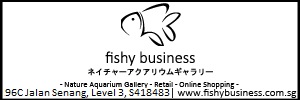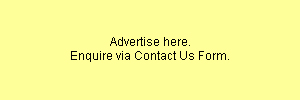Heat or oxygen?
Strong differences between our more temperate situation and the near tropical heat of SG has led me to speculate. That is a form of bloviation that has yet to go through the digestive process. 
We never use oxygen tablets to hatch annuals, but you seem to need them.
One thing about warmer water is that it holds less dissolved gasses.
I perceive that many of our aquatic gardeners do better without CO2 than you report, too. Yes, typical aquarium plants are usually carbon limited, but I think we get away without CO2 better than what you seem to be reporting. Unless we are raising Discus or Cardinals, we rarely keep our tanks warmer than 25C and often they are cooler. We keep most non-coastal killies down around 20-22C.
There are many ways to increase the amount of dissolved O2 in a tank. Active photosynthesis is only one of them. Has anyone explored the use of a hydrogen peroxide drip?
Wouldn't it be a gas (sorry, bad joke) if something that simple made Diapterons and jorgenscheeli easy species in your warmer clime?
Wright
01 760 872-3995
805 Valley West Circle
Bishop, CA 93514 USA









 Reply With Quote
Reply With Quote



Bookmarks